Japanese Cuisine, Japanese Culture & Traditions
6 Rules to Make a Delicious, Beautiful Japanese Bento
‘Bento’ is now a trendy word in Western countries.
As you probably know, ‘bento’ is a Japanese word that refers to ‘lunch box’, but do you know what makes a lunchbox a bento?? To be frank, there are no exact rules in making a bento or quality that separates lunchbox from bento, but there are traditional ideas and rules that Japanese people follow daily in order to create a perfect bento.
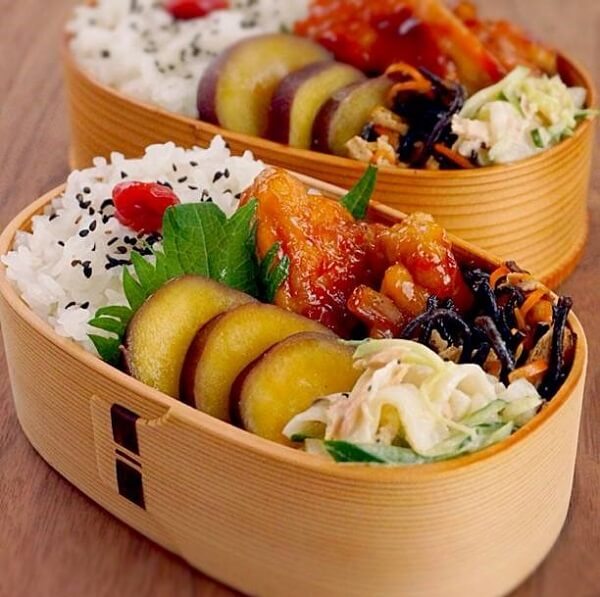
(Image: asacokitchen.com)
1) 6 colors
When making a bento, it’s better to include at least 5 different colors. A division of a typical bento would be rice (white), main (brown), and three smaller sides (red, yellow, and green). Just by putting these colors next to each other, it makes your bento look appetizing regardless of taste! You can also add purple in this basic color palette to add to the dazzle.
2) Balance out the sweet, salty, and sour
When you prepare the main and the sides, try to make dishes/prepare vegetables for three different taste palettes. Because sides take up nearly half of the bento, it’s better to have a wide variety of flavor.
Here are some example dishes for different palettes:
Salt: rolled omelet, fried chicken, pickled bean sprouts, salmon meuniere, etc
Sweet: garlic honey pork chop, sweet potato salad, spring rolls (you can also add a simple dessert instead of a side dish), etc
Sour: orange chicken, tomato, stir fried kimchi & vegetables, etc
3) Don’t leave any space!
Sometimes lunch box can look beautiful with an equal space between each sides and main, but for bento, leaving too much space open isn’t the brightest idea. Especially if your bento box doesn’t divide each sections with a partition, which is most of the case.
Because bento is naturally an item people carry around with them, any spacing is less likely to survive, and more likely to ruin the perfect placings of the contents. In order to avoid this, we tend to squeeze the food within the box (as beautifully as possible, of course), and cover up open spaces with decorative or non-decorative food.
Here are some examples of decorative cuts:
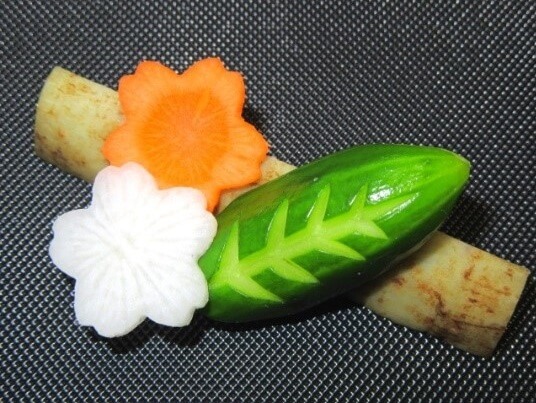
(Image: oisiiryouri.com)
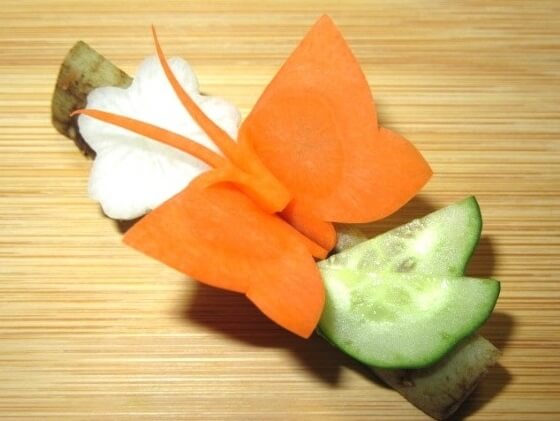
(Image: oisiiryouri.com)
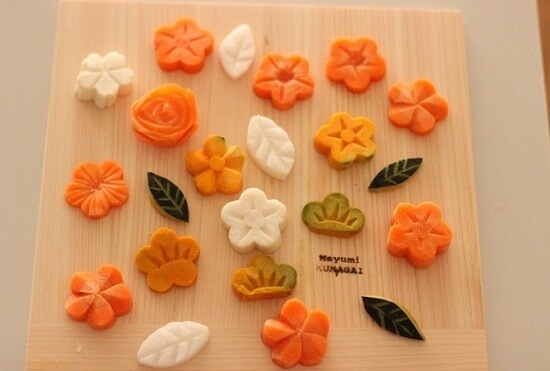
(Image: oisiiryouri.com)
The rest of the 3 rules are for both the flavor and the safety of those who eat the bento.
4) Heat everything up
Please make sure that you’ve heated everything that needs to be cooked thoroughly, especially fish, meat or eggs. Even if the dish was something you’d prepared yesterday, it’s a good idea to microwave it or refry it just in case, because it is very easy for one slightly raw or old dish to go rancid and ruin everything in the bento box.
5) Get rid of the water
Drain off the water or juice from your food before you put them into your bento box. If it’s a raw vegetable, pat it with a kitchen paper to get rid of the water on the surface, so that it won’t leak into other parts of the bento.
6) Leave it for a while
It’s a good idea to cool the food down for a while before it goes into the bento box, just to avoid the heat from ruining the adjacent dish.
After you go through these steps, seal the bento box nicely, put it in a bento bag, and you’re good to go! 😀
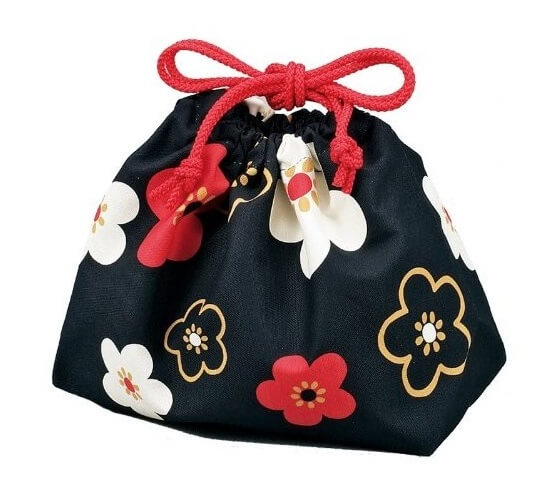
(Image: store.shopping.yahoo.co.jp)
Comment
Before I learned these rules my bento would frequently end up looking soggy and tired. I had some days here and there where I end up with a nice, colorful bento, but it was rare. Now that I know, I can pull off a beautiful bento (but then I get lazy now and then, and end up with a completely brown lunch box too. Sometimes the taste is all that matters. No need to stress over good bento every single day).

Author - Kanna
A writing/translating enthusiast and a part-time illustrator, recently graduated from Sophia University. My expertise is in media and English studies, but I am also interested in a wide variety of fields, including traditions of art in Japan and how it has changed and been preserved. I hope people find interest in Japan through this blog!

About Orientalsouls.com
Learn and Buy Japanese Craftsmanship, Tradition & Culture
OrientalSoul.com is the online shop where you can buy traditional crafts of Japan.
We only sell selected authentic products in which true spirits of Japanese craftsmanship exist.
You may be able to find similar products in other shops for lower prices. However, we sell products based on fair prices that worth labor and value of experienced craftsmen.
In addition, we introduce stories about product history, how a product is made, what makes it different from others, and how the product enriches your life!